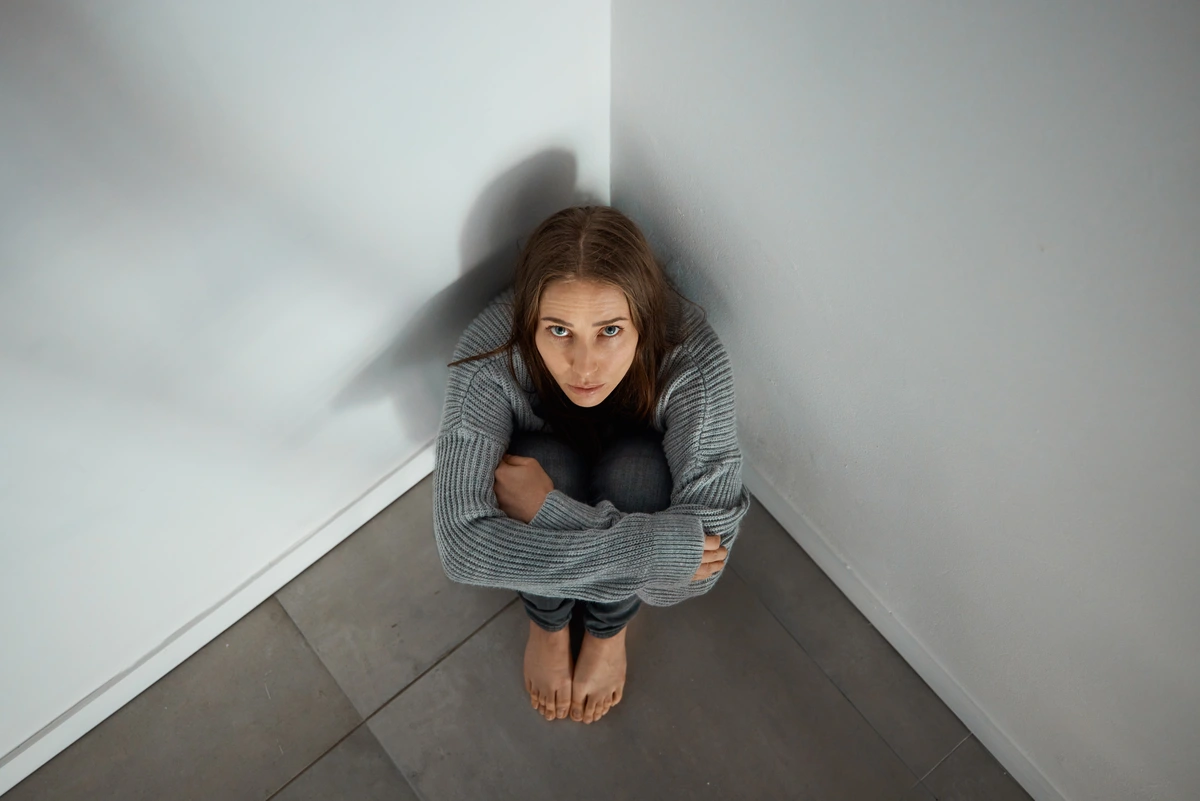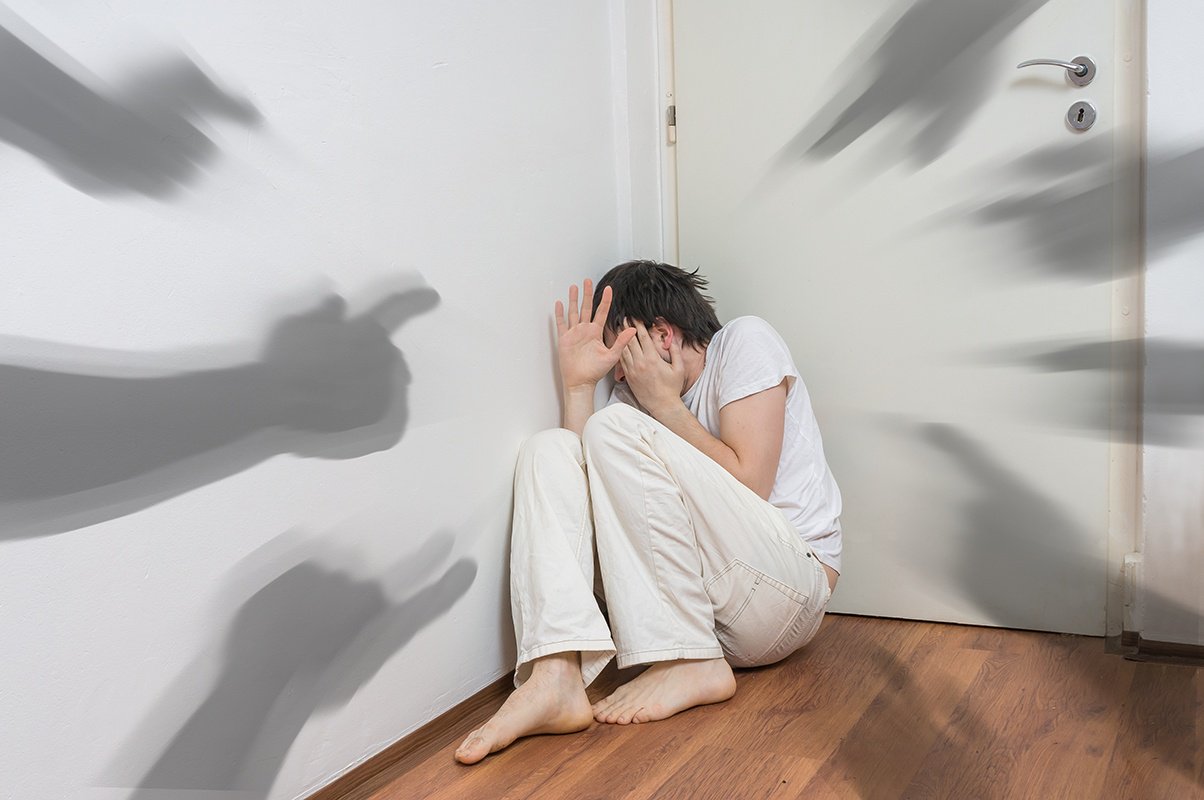What Is Paranoid Schizophrenia?
Paranoid disorder is part of the cluster A personality disorders, which include conditions characterized by odd or eccentric behavior. People with paranoid disorder often believe that others are out to harm, deceive, or exploit them, even when there is no evidence to support these beliefs. This constant mistrust can lead to severe difficulties in personal and professional relationships.
Who Is Affected By It?
The age of onset of schizophrenia might differ according to gender. For men, the illness often starts between the ages of 15 and 25, and for women, between 25 and 35. Schizophrenia can also strike youngsters under the age of eighteen, albeit this may be uncommon. Regretfully, some instances are far more serious and challenging to handle. For this reason, our specialists advise obtaining an early diagnosis and course of treatment.

What Are the Symptoms of Paranoid Schizophrenia?
Three primary categories often encompass the symptoms of schizophrenia: disorganised conduct, negative symptoms, and positive symptoms. The following are some ways that these symptoms manifest themselves:
- Positive symptoms: These are unusually present sensations, ideas, and behaviours. Two common good symptoms are hallucinations and delusions. Both, the latter’s erroneous ideas and the former’s sensory experiences are not grounded in reality.
- Negative symptoms: These entail an insufficiency of ideas, emotions, and behaviours. A person experiencing unpleasant symptoms, for example, can find it difficult to express their feelings, enjoy themselves, or interact with others.
- Symptoms of disorganisation: These symptoms include strange or abnormal speech, thinking, and movement patterns.
The experience of delusions and hallucinations is the hallmark of paranoid schizophrenia. False beliefs that a person clings to in the face of contradicting information are called delusions. These delusions frequently centre on ideas of persecution or grandiosity in patients with paranoid schizophrenia.
For instance, a person suffering from this disease can think that someone or something is watching, following, or conspiring against them. Additionally, they could think that they are well-known or significant individuals with superhuman talents.
It may be difficult to dissuade the individual from these illusions since they might seem so persuasive to them. They could retreat and isolate themselves to defend themselves against imagined dangers.
Those who have paranoid schizophrenia also have hallucinations in addition to delusions. These may entail experiencing unreal sights, sounds, or sensations. For instance, they could see things or people that aren’t there or hear sounds that no one else can hear. It is important to remember that these symptoms might differ in kind and intensity.
What Causes Paranoid Schizophrenia?
Although the precise causation of schizophrenia is unknown, experts think there are several contributing variables. Research indicates that while a person may be more susceptible to schizophrenia due to genetics, not everyone with a family record of the disorder will go on to acquire it.
Some people may be predisposed to schizophrenia but may not show symptoms until they are exposed to specific triggers. Some studies have shown that traumatic experiences as a youngster might greatly raise the risk of schizophrenia in later life. Aside from stress, drug usage is another major factor.
Studies also reveal a link between brain chemicals and symptoms of schizophrenia. An imbalance in some neurotransmitters, such as serotonin and dopamine, can lead to schizophrenia. Another theory is that individuals with schizophrenia may be more sensitive to neurotransmitters.
Options for Paranoid Schizophrenia Treatment
Since paranoid schizophrenia is a chronic illness, it needs to be managed and treated continuously. Effectively treating paranoia in treatment plans presents difficulties since the patient has a strong sense of belief in what they are doing.
Over time, paranoid symptoms can be lessened with the use of therapeutic techniques such as cognitive behavioural therapy (CBT), which emphasises reality checking, developing a rapport with mental health specialists, and combining antipsychotic medication. The reduction of symptoms, enhancement of daily functioning, and avoidance of recurrence are the objectives of therapy.
-
Possibility Of Cure
Although there is no known cure for paranoid schizophrenia, its symptoms can be effectively treated with the right care. Setting reasonable goals is essential for long-term success and a higher standard of living. Early therapy involvement has a major effect on the outcome.
-
Usage of Medication
Medication is essential for regulating delusions, mood swings, and hallucinations associated with paranoid schizophrenia. Medications such as mood stabilisers, antidepressants, and antipsychotics are frequently administered. For general stability and symptom management, medication adherence is crucial.
-
Forms of Therapy
The following types of treatment are used to treat paranoid schizophrenia:
- Individual counselling
- Group y counselling
- Family counselling
Individual therapy makes it possible to address certain concerns and provide individualised care. Peer support is promoted by group therapy, which lessens isolation and improves social skills. By involving the family in the therapeutic process, family therapy enhances connections and communication. Medication and therapy together produce more thorough therapeutic results.
-
Self-Management Techniques
Getting expert assistance is the finest, safest, and most efficient method to treat paranoid schizophrenia. Nonetheless, a few self-care techniques might assist with symptom management and enhance general well-being:
-
Handling Symptoms
People with paranoid schizophrenia can effectively manage their symptoms by implementing certain measures. Regular exercise and eating a balanced diet can help reduce stress and enhance general well-being. Developing a regular sleep schedule is essential for controlling symptoms such as delusions and hallucinations.
People can use mindfulness practices like deep meditation and breathing practices to deal with paranoia. These techniques can assist people in regaining their sense of reality and in lowering their levels of dread or anxiety. When paranoia is at its worst, it can be comforting to seek out assistance from close friends or family.
It’s crucial to divert oneself with soothing pursuits like hobbies or music listening while hallucinations are occurring. Reducing the influence of hallucinations on everyday life can also be achieved by creating a safe space devoid of triggers. Cognitive behavioural therapy (CBT) is one type of therapy that can give people the skills they need to question the false beliefs that underlie delusions.
Improvement Timeline
The rate at which symptoms of paranoid schizophrenia improve varies from person to person depending on several variables. After commencing therapy, people typically start to see slight improvements in their symptoms a few weeks later. However, making any meaningful success frequently needs long-term, steady dedication to treatment and medication.
Individual responses to therapy might differ greatly; some people may recover quickly, while others may need more time to see any discernible changes. Patients with paranoid schizophrenia need to be honest with their medical professionals about how they are doing and any difficulties they are having while receiving therapy.
When it comes to long-term recovery from paranoid schizophrenia, patience is essential. Even though certain symptoms could get better faster than others, patients must stick to their treatment schedule and regularly practise self-care. Despite the difficulties caused by paranoid schizophrenia, people can eventually enjoy a higher quality of life with commitment and assistance from medical specialists.
How Emoneeds Can Help?
We know the experience of witnessing a loved one battle paranoid schizophrenia. Our mission is to provide all-encompassing care for mental health illnesses as we progress towards being a leader in the field.
You or a loved one can get assistance from Emoneeds in managing the symptoms of paranoid schizophrenia. Our successful mental health programmes, that is led by a trauma-informed methodology, are designed to enhance general well-being and accomplish sustained recovery. We assure you that Emoneeds has therapy options for any kind of condition, regardless of severity. Our goal is to assist you.
With its team of specialised professionals, Emoneeds can assist you in finding a way forward to your problem. Our assistance has made the lives of thousands of individuals happier and healthier. We use evidence-based strategies and all-encompassing therapy techniques to assist patients in controlling their paranoid schizophrenia. To find out more, get in touch with Emoneeds right now.
FAQs
-
How is paranoid schizophrenia diagnosed?
Diagnosing paranoid schizophrenia involves a comprehensive assessment by a mental health professional, including a physical exam, psychological evaluation, and discussion of family history and symptoms.
-
How can family members or loved ones support someone with paranoid schizophrenia?
By offering compassion and emotional support, ensuring treatment compliance, educating themselves about the condition, and getting appropriate professional help, loved ones can offer support to schizophrenia patients.
-
Is recovery possible in schizophrenia?
While there is no cure for schizophrenia, proper medication and psychosocial support can control symptoms and significantly improve the quality of life for schizophrenia patients.
-
How important is psychological support in schizophrenia?
Psychological support is vital in schizophrenia for effective symptom management and overall well-being.

